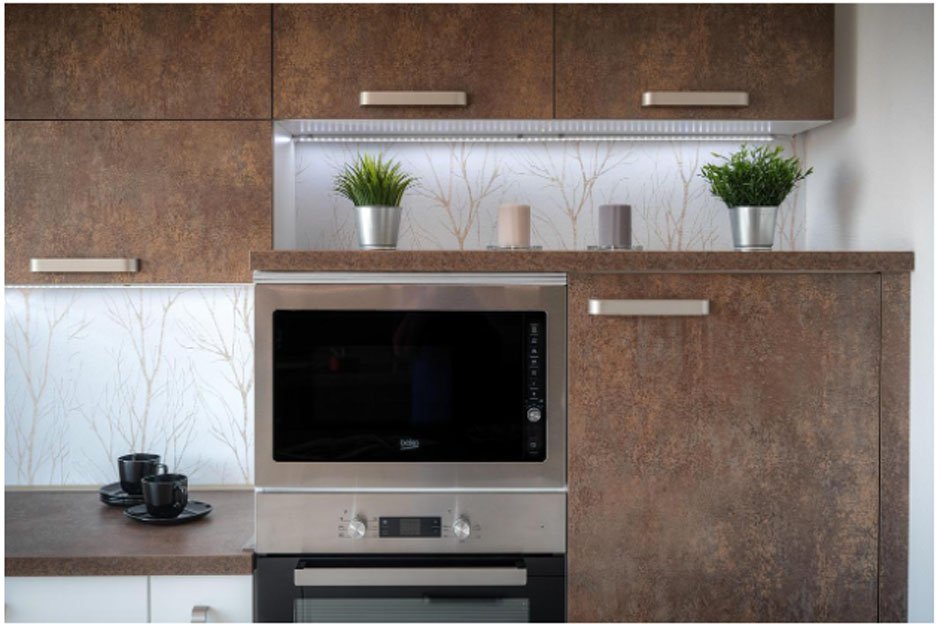Read on to learn more.
Improve the Existing Layout
You might want to start with the layout first. The design, installation of cabinets, and fabrication are as crucial as the kitchen appliances and cookware. On that note, if you want to improve your kitchen on a budget, you might want to start with upgrading the layout. The key is to focus on the front-facing parts of your kitchen, especially if the current structure of the cabinets is still in good condition.
You don’t have to focus on the inside of the cabinets while you are on a budget, as no one else besides you will be reaching inside. The key is to upgrade the more visually obvious features, and you will be surprised to feel the difference that such simple renovations can make.
Upgrade the Cabinets
The major part of your kitchen’s aesthetic aspect is established with drawers, benchtops, and cabinets. On that note, if the drawers and cabinets look outdated, you can consider painting them. You will be surprised to know what a massive difference a fresh layer of paint can make to the entire feel and vibe of the kitchen space.
To boost the visual appeal of the cabinets, you can opt for Edge Banded Slab Cabinet Drawer Fronts, as these are smooth and have a minimalist design. The design of edge-banded slab cabinet drawer fronts comes with a smooth finish, which creates a clean and contemporary look.
Upgrade Kitchen Appliances
Understandably, the cabinets, benchtops, and drawers can significantly affect the overall aesthetic of your kitchen. However, the kitchen appliances and utilities of your kitchen can also impact the overall feel of this area of your house. On that note, you might want to upgrade the electronics and gas appliances. While you are at it, you can also consider installing smart features in your kitchen to take your kitchen to another level.
If you are confused about the appliances that you might want to upgrade, you might want to consider upgrading the refrigerator, dishwasher, oven, faucets, coffee machine, and cooktop.
Declutter and Clean Your Kitchen
One of the most budget-friendly ways to upgrade your kitchen is by keeping it clean. You might want to start by wiping the surfaces, such as kitchen countertops, and cleaning them. Speaking of countertops, you must clean them every day before you turn off the lights and call it a day. This way, you can prevent the kitchen countertops from getting invaded by pests, such as ants and roaches, which are very common home pests.






Leave a Reply